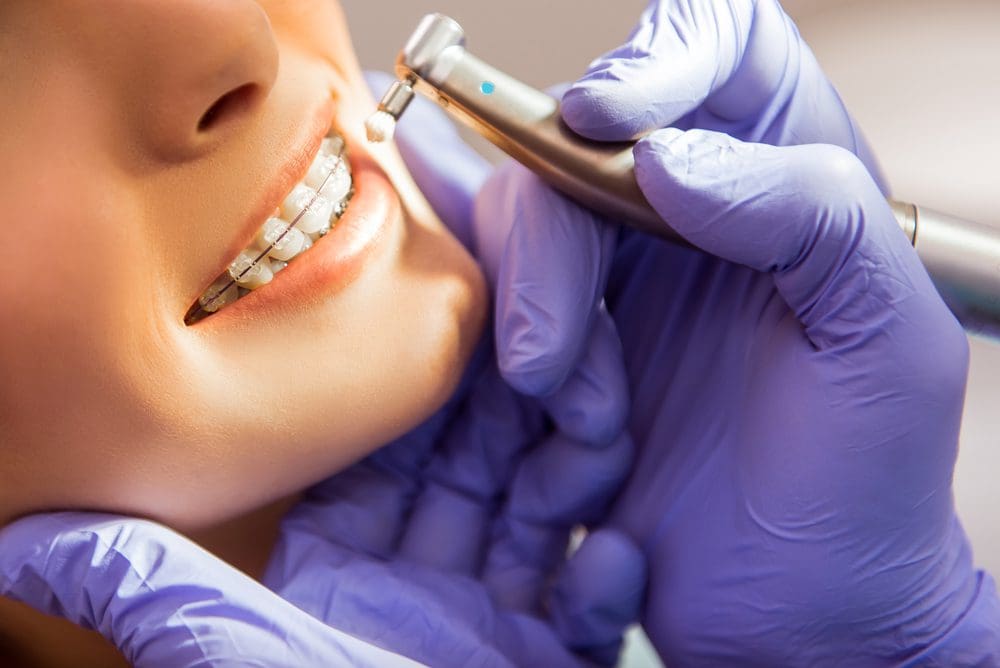Your Guide to Cumming Invisalign: Straightening Teeth with Style and Convenience
Your Guide to Cumming Invisalign: Straightening Teeth with Style and Convenience
Blog Article
Comprehensive Overview to Orthodontics Treatments for Fixing Dental Misalignments
Understanding the details of each treatment, including their systems, benefits, and prospective drawbacks, is vital in making educated choices about one's orthodontic therapy. As we navigate through the comprehensive overview to orthodontic procedures for fixing oral misalignments, the detailed details of each technique will unravel, dropping light on the path toward a unified and useful dental positioning.
Orthodontic Procedures Review

Routine adjustments and monitoring are crucial parts of orthodontic therapy to guarantee progression is on track and to make any type of needed adjustments along the means. By going through orthodontic treatments, clients can not only accomplish a straighter grin but additionally improve their overall dental health and wellness and function.
Typical Dental Braces: How They Work
When considering orthodontic therapies for dental misalignments, traditional braces stick out as a reliable method for remedying teeth placing. Traditional braces include braces, cables, and bands that collaborate to use continuous stress on the teeth, slowly moving them right into the wanted positioning. The brackets are affixed to the teeth using a special adhesive, and the wires are threaded via the brackets. By adjusting the stress of the cords, orthodontists can control the direction and pressure related to each tooth, leading them into appropriate alignment gradually.
As pressure is applied to the teeth through the dental braces, the bone surrounding the teeth is improved to support the brand-new tooth settings. Clients will certainly require regular adjustments at the orthodontist's workplace to make sure the dental braces continue to use the proper pressure for reliable teeth movement.
Undetectable Aligners: Benefits And Drawbacks
Unseen aligners supply a practical and discreet choice to typical dental braces for fixing dental imbalances. These clear, custom-made trays are basically undetectable when put on, making them an appealing option for people seeking a more cosmetically pleasing orthodontic therapy. One of the primary advantages of unseen aligners is their removability, permitting easier maintenance of dental hygiene compared to typical dental braces. Individuals can eliminate the aligners prior to eating or cleaning their teeth, reducing the risk of food obtaining stuck in the device and streamlining the cleaning process.

Surgical Orthodontic Options
Surgical interventions in orthodontics present practical options for attending to complicated dental imbalances that may not be effectively fixed through traditional orthodontic therapies. While standard braces and invisible aligners can deal with many orthodontic issues, certain instances call for medical intervention to attain optimal outcomes. Surgical orthodontic alternatives are normally recommended for extreme malocclusions, significant jaw discrepancies, and cases where the underlying bone framework requires adjustment to accomplish proper alignment.
One usual medical orthodontic procedure is orthognathic surgical treatment, which entails rearranging the jaws to remedy functional concerns such as trouble eating or talking. This surgery is usually done in partnership with an orthodontist that aids align the teeth prior to and after the treatment. Surgical orthodontics may additionally entail treatments to expose affected teeth, eliminate excess gum cells, or improve the jawbone to produce a dentist an extra harmonious face profile.
Prior to considering medical orthodontic options, individuals undergo a thorough assessment to establish the requirement and possible benefits of such treatments. orthodontist. While surgical treatment may seem difficult, it can significantly enhance both the feature and aesthetic appeals of the smile in instances where conventional orthodontic treatments drop short
Retainers and Post-Treatment Care

Post-treatment treatment involves following the orthodontist's directions diligently. This may include appropriate dental health techniques, attending follow-up visits, and using the retainers as suggested. Failing to comply with post-treatment care instructions can lead to relapse, where the teeth slowly return towards their original settings. Regular retainer wear, excellent dental hygiene, and normal oral check-ups are vital for keeping the outcomes attained via orthodontic surgery and guaranteeing the long-lasting security of the remedied oral placement.
Final Thought
To conclude, orthodontic procedures offer numerous choices for remedying dental misalignments. Typical dental braces utilize steel braces and wires to change teeth into proper placement. Unnoticeable aligners provide an even more discreet alternative yet may not be ideal for all situations. Surgical orthodontic options more are readily available for a lot more severe imbalances. Retainers are frequently used post-treatment to preserve the new placement. Generally, orthodontic procedures can successfully enhance oral wellness and aesthetic appearance.
As we browse with the detailed overview to orthodontic procedures for correcting oral misalignments, the elaborate details of each method will certainly unravel, dropping light on the path towards a useful and unified dental positioning. - cumming orthodontist
One of the most usual orthodontic treatments is the use of braces, which consist of steel braces and cords that use gentle pressure to gradually move teeth right into the wanted placement.When considering orthodontic treatments for dental misalignments, standard dental braces stand out as a reliable method for correcting teeth positioning. Furthermore, undetectable aligners might not be ideal for intricate orthodontic issues that require more significant teeth movement, as they are generally suggested for moderate to moderate cases. Retainers are customized orthodontic devices developed to hold teeth in their fixed settings after the completion of orthodontic treatment.
Report this page